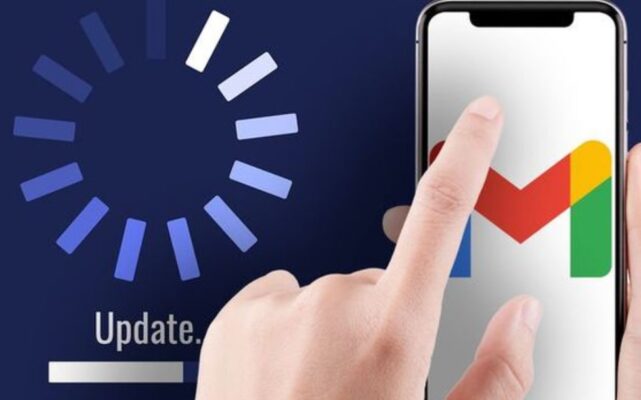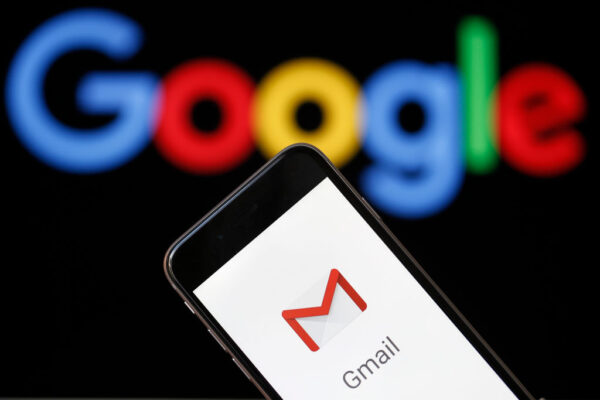Somewhat surprising news came these days from the ranks of Google. The Gmail application gets a new redesign with which a very big change is happening at the same time – getting the ability to initiate and receive calls! Google’s plans for the Gmail app are much clearer now. It is obvious that the Gmail application is becoming the main hub for all Google applications whose purpose is communication between users.
Table of Contents
Call Forwarding to the Gmail App the Same as With Other VoIP Apps
With the new redesign, Google adds the ability to make calls to another Google user using Google Meet, but within the Gmail mobile app and without the need to open the Meet application. Once these changes are made, users will be able to route calls to the Gmail application as with other VoIP (Voice over Internet Protocol) apps. Speaking of VoIP, it is known that various cloud communication platforms across the world race against each other in providing the best software solutions when it comes to the stability, security, and affordability of virtual calls and numbers.
The gambling industry uses such platforms on a regular basis so there are online casinos, many of which are by the link, who established stand-alone contact centers this way.
With the new update, Gmail will get an expanded Workspace with the addition of a direct call button.
The possibility of a call will come as an ideal choice in situations when communication by email or a previously agreed date of the meeting will not be able to be carried out. This change creates Google’s “hybrid” work environment where you get the option of spontaneous calls and makes it very easy to coordinate work tasks and get fast and convenient communication.
Google Is Constantly Developing and Improving Gmail

Google has been constantly investing in the development of Gmail in recent years and it has gained great popularity and has a similar status as Outlook for Microsoft – a central place for many services. Outlook can be called Microsoft’s hub for email, calendar, and contacts. Gmail is Google’s hub for email, two-person chat, group chat, video conferencing, while now calls can be added here too.
With the new update of Gmail that awaits us in the coming months comes the promised Google’s Workspace Spaces as an expanded version of the Rooms chat channel. The application will experience great progress in terms of easier navigation through emails, chats, within the Spaces mode, and Meet apps. Progress will also be experienced by administrative and security tools that help manage communication.
The Spaces Mode
Workspace Spaces are real-time project collaboration dashboards. Spaces, which were first revealed in July and can be found through search, incorporate the following tools: Calendar, Drive, Docs, Sheets, Slides, Meet, and Tasks – allowing users to engage in topic-based discussions.
Teams can use Spaces to discuss ideas, collaborate on documents, and manage projects – all in one spot. Because all of their work is saved for future use, team members may simply hop in and participate whenever it is convenient for them, while also seeing a complete history of the conversations, context, and content.
The workspace will get a consolidated dashboard with access to inboxes, chats, and meetings, as well as in-line topic threading, which will allow users to respond to any message within a space. Tools for content control and space management have also been added, as well as the option to set the location (virtual or physical) for each workday on a regular basis or by segmentable working hours in the Calendar.
Meet Has New Features

According to Google, Meet calling is now available on both mobile and desktop platforms. Meet calling allows Workspace users to call team members straight from a one-to-one chat, ringing their Gmail-enabled devices and forwarding calls to Gmail in a web browser. It will first be available in one-on-one chats within the Gmail app, then in other Workspace endpoints in the future.
In November, Meet will introduce Companion mode, which will allow users to conduct or join meetings from within a conference room using a laptop and the in-room audio and video. In Companion mode, users can exchange materials and view presentations without audio reverb on their devices, as well as access the meeting chat and whiteboard, vote on surveys, and ask questions in the Q&A.
Companion mode is a live-translated captioning feature that will be available in Meet before the end of the year. According to Google, the feature would allow users to translate meetings from English to French, German, Spanish, and Portuguese, with more languages on the way.
New Hardware Is Also Expected
There has also been a lot of discussion about the transition that will divide the situation when the user is in the office from when they are working in a virtual environment. There is currently no more specific information available on the distinct settings of the two modes. As previously stated, Companion mode has been added to the Meet program, which opens up new possibilities for the utilization of video and audio.
In the future months, Google will also release the Series One Desk 27 devices, which will combine the functions of a laptop and a touch screen, enhancing Meet. The Series One Desk 27, a 27-inch all-in-one device, and the Series One Board 65, a 65-inch 4K display with an adjustable stand, are the two devices in question. Both were developed in partnership with Avocor and feature Google’s Jamboard software as well as the ability to connect to a computer through USB-C to serve as an external display.
We have also two new third-party solutions: Rayz Rally Pro – an Appcessori mobile device speaker dock that instantly launches Meet for video meetings, and Logitech Rally Bar Mini and Rally Bar – suited for small and mid-sized rooms. These will be the first Cisco devices to provide bidirectional Cisco interoperability, allowing users to organize a Meet meeting on Webex hardware and a Webex meeting on Meet hardware.
Series One Board 65, Series One Desk 27, and the rest of the Meet hardware portfolio enable interoperability between Meet and Webex. These also belong to this group: Webex Room Series, Room Kit Series, Desk Series, and Board Series. Google anticipates a general rollout later this year.

